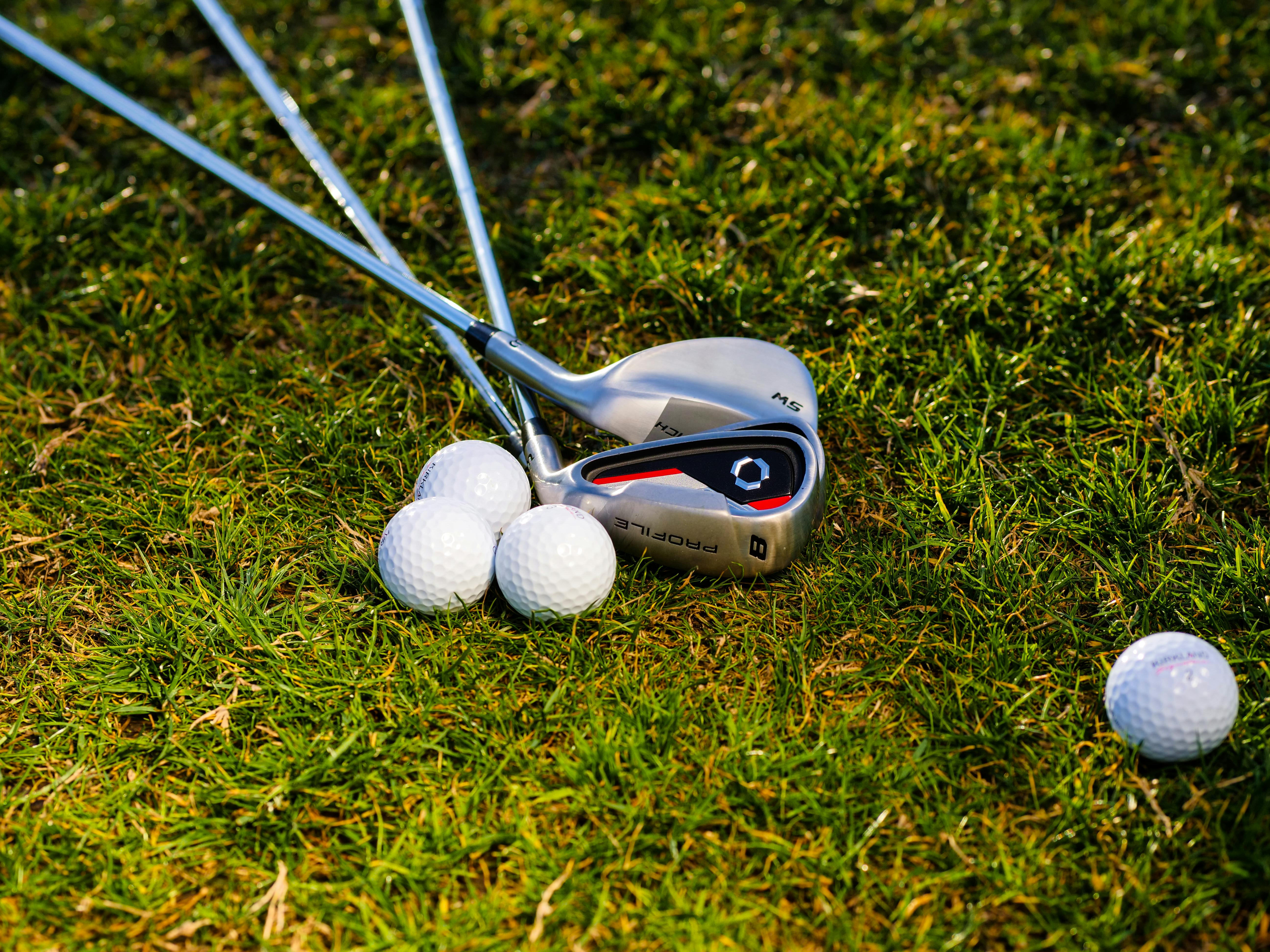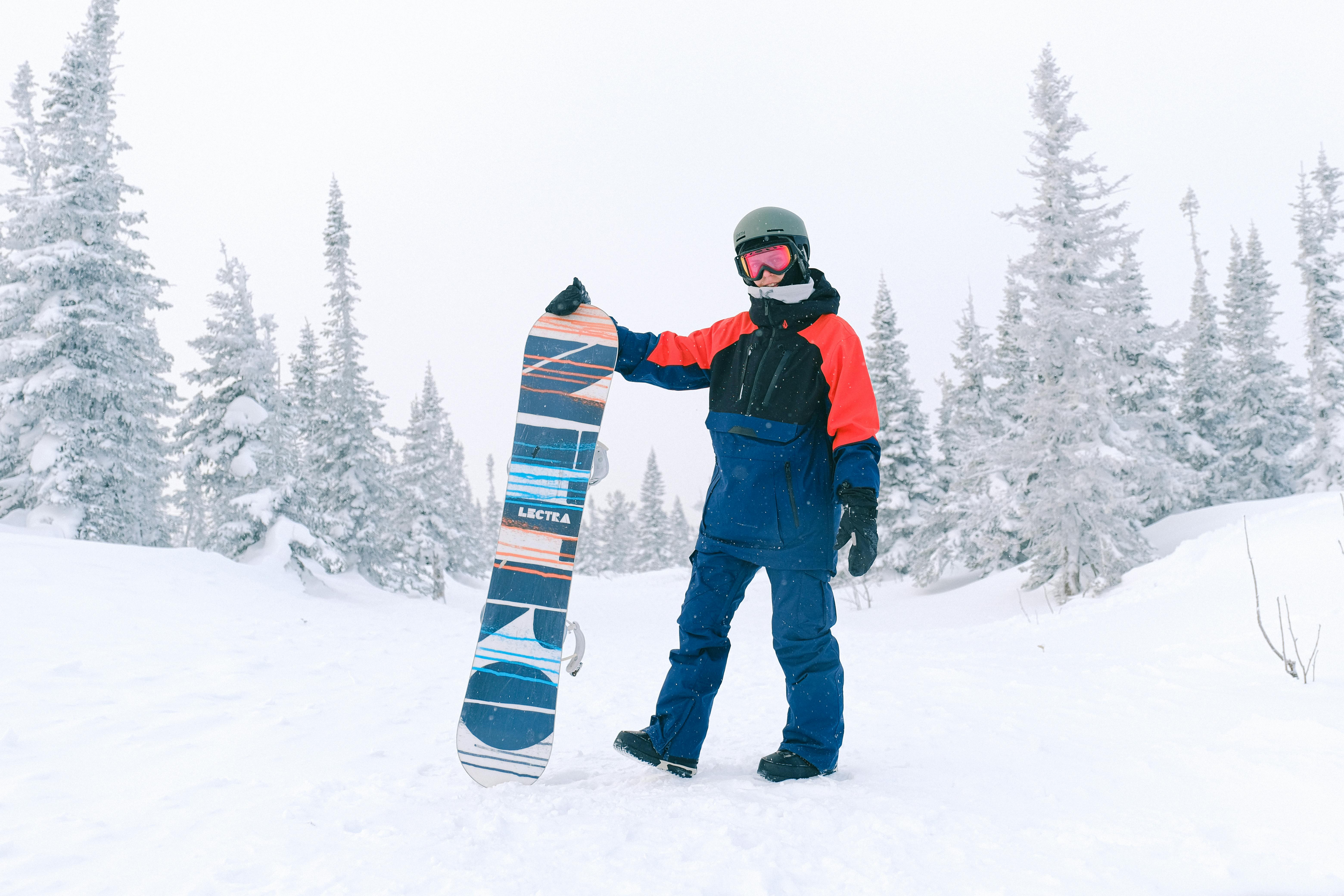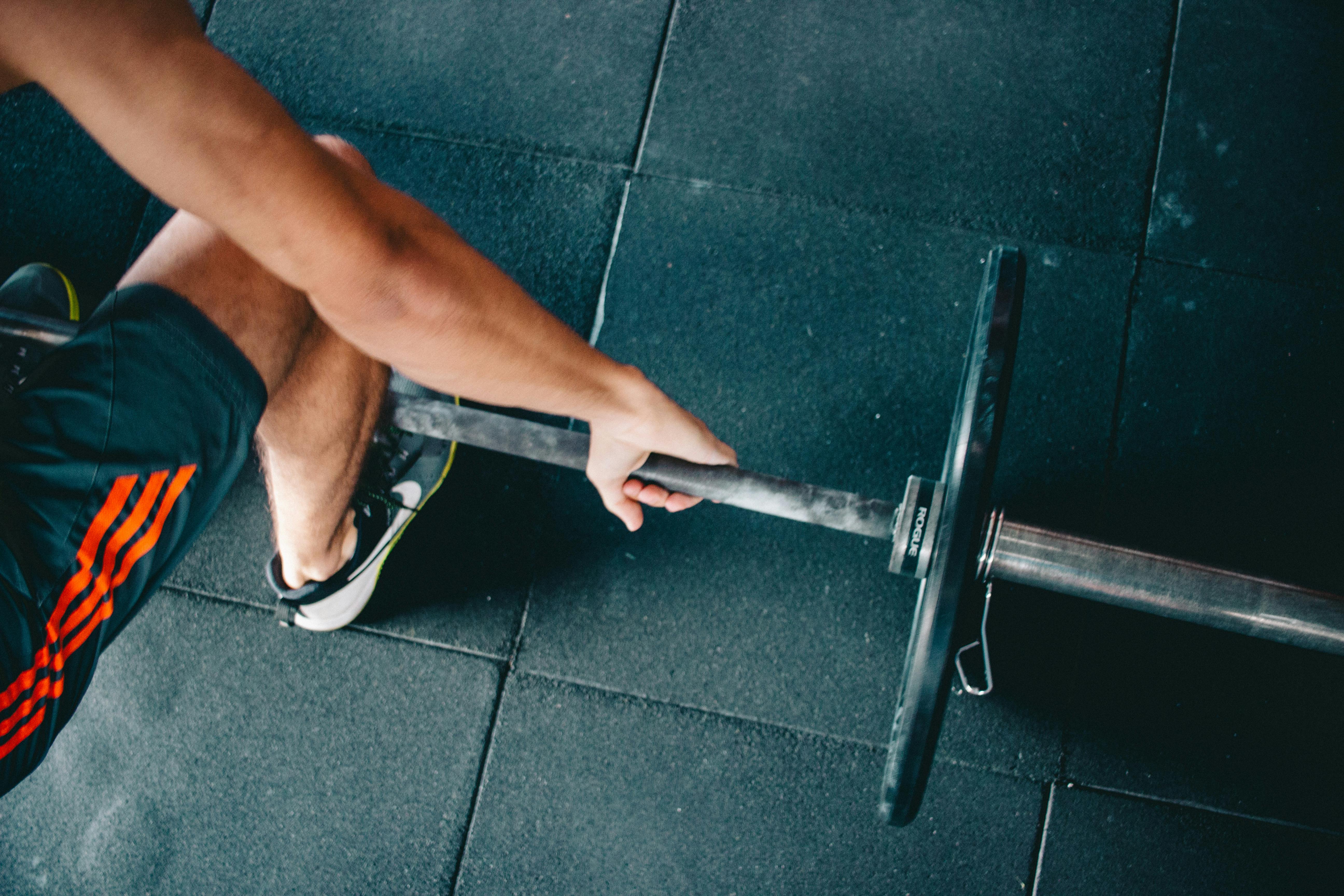Family tents come in many shapes and sizes. The one that suits your needs may not be right for someone else. That is why such a large variety is produced for the outdoor enthusiast market.
- Shape your tent options
Tents come in four basic shapes: A-frame, umbrella, geodesic or “dome”, and wall. The A-frame is in the traditional shape of the old-fashioned “puppy” tent, but can also be quite large. The Umbrella is a common-use family tent, with plenty of room to stand, including large windows and a mosquito net. The geodesic dome has many variations, with different combinations of connected triangles. The wall tent is like an A-frame tent, but is generally much larger and has vertical side walls, and is most commonly used in military applications and Scout camps (these are generally installed on permanent decks).
Square-floor tents are more efficient in arranging sleeping arrangements and equipment. If you decide to purchase a tent with a round or oval floor, you should plan for additional floor space to compensate for the less efficient layout.
- Size Matters
The tents are marketed for two people, four people, six people, etc. At best, this describes the largest number of people you can fit in the tent to sleep, with no storage for any of your personal items. This size determination is fine for backpackers who are packing light, but it doesn’t make sense for the average camper.
Why mess with shoes in your store? Plan on using the tent at half its rated capacity and it should have enough space for two adults and most of their gear. Each person must have a minimum of 24 square feet of floor space; Enough space for your pad, sleeping bag and gear. If you are packing for a long trip, you may want to increase the square footage depending on how much gear you will be carrying.
Don’t forget to buy a tent that is wide / long enough that you can stretch out when you sleep … a 6 ‘tall sleeper will be very tight in a 6’ wide tent; leave at least 1 foot of foot room. You will need a minimum of 30 “of tent space for each sleeping bag just for sleeping.
Adding ‘dry’ storage for your gear and enough space to get out of your tent without trampling on your tent buddy will make for a more enjoyable outdoor experience. With this in mind, an 8 ‘x 8’ tent would work well as a 2 person family tent. This gives each camper 32 square feet to distribute their equipment and sleeping area. BUT, a 10 ‘x 10’ tent is much more suitable for two adults (seems like an exaggeration, huh?). This size of tent will have enough room for air mattresses, cots or pads AND still have enough room to stand up when changing clothes.
Be careful when purchasing a tent larger than 10 ‘x 10’. First, finding a suitable place to launch such a large item will be a challenge. You need a place that is as level as possible. Second, large tents are extremely heavy and bulky to transport. Lastly, it might be best to have multiple smaller tents so that not everyone shares the same bedroom, changing table, and living room.
The height of the beak is very important for your comfort. For most trips, try to have a tent that is high enough to stand upright. Plan for the tallest people in your group. A maximum height of six or seven feet is necessary for adults, and a maximum height of four feet is suitable for children. Remember, the tent slopes downward at a sharp angle, so the actual place where it can stand will be small. Larger spaces will be provided in tents with higher peaks.
Children can comfortably fit in smaller tents. Once they are old enough, around seven or eight years old, they will probably want to sleep in a separate tent anyway. Parents will also appreciate the privacy this arrangement provides. A five by seven foot tent is suitable for youngsters. Teens should be considered adults when setting up a tent.
- Support your local store: poles
The poles included with most of the tents available today are made of aluminum or fiberglass. Better quality tents generally come with specially made aluminum poles, with a high degree of flexibility. Fiberglass poles are included in most “everyday camping” tents. The posts are usually attached to each other with an elastic shock cord. This speeds up the installation process (important when doing it in the rain!). Poles, when mishandled, can bend or break, which is why many tent manufacturers offer repair kits for you to take with you on the trip.
- Sewing is important to me
The seams should be reinforced with nylon tape and double stitched. The tape is sewn into each seam, reinforcing the seam and increasing weather resistance. All waterproof seams on the go and the floor (or tub) are usually factory waterproofed with a seam sealer. Set up the tent in your garden before the first use of the tent to test the pitching process. You can also take this opportunity to go to your local sporting goods store for a joint sealant and waterproofing spray. It is always a good idea to do this to ensure a dry ride. Be sure to let the tent dry before repacking it.
- Cloth
Almost all modern tents are now made of nylon. Coated nylon is used for waterproofing. Nylon mesh is used for interior walls and gear pockets. The unseen mesh is used for window screens. The best tents use thicker fabric and rip-stop fabric.
- Hey !!! Close it!
Make sure when you shop your store … you try zippers. They should open and close easily and should not catch on the fabric of the tent. Zippers must be rust resistant.
- Hot flashes and hot flashes and “Why is my store shaking?”
Climatic variations will place many demands on your store.
Windy conditions will require strong posts, stakes, and anchor ropes. Dome tents work extremely windy. Its rounded design reduces the effect of the wind and the arrangement of the posts provides great resistance.
The rain raises two problems. Keeping you and your gear dry is first and foremost. Second, you need enough space for everyone in the tent to feel comfortable if you need to “weather the storm.”
The floor should be constructed of waterproof coated nylon that covers the floor and raises the sides approximately six inches, creating the tub. There should be a minimum amount of seam (the more you have, the greater the chance of leakage). It will prevent water from running down and under the tent.
Make sure your tent has a waterproof mosquito net made from coated nylon. The fly should wrap around the tent and reach the sides, leaving only a few inches of space between it and the ground. This should prevent rain, even in windy conditions. The fly should be spread far enough over the door so that it stays out of the rain when you open the door to enter or exit. Some tents even come with a vestibule that allows it.
Sunlight and accompanying heat create a great need for shade and air flow. The rain fly will provide shade. Screened windows on opposite sides of the tent, or a screened window opposite a screened door, will allow air to flow through the tent.
Long cold weather excursions require a special 4 season heavy duty tent. Unless you plan to do winter camping, you can use a “three season” tent that has the characteristics mentioned above. The most important features will be a rain fly that completely covers the top and sides to keep snow and other precipitation at bay, and an inner layer made from an open mesh fabric to allow water vapor to escape from the tent. . In colder climates, water vapor inside the tent from humid outside air and the breath exhaled by the occupants will condense on the inside surface of the tent. This can be prevented by allowing air to flow through your tent or by passing through the mesh fabric.
The size of the tent is also a factor to consider when camping in cold climates. A smaller carp will stay much warmer than a larger carp with your body heat.
- You get what you pay for
The more expensive tents are generally made with stronger fabrics, poles, and stitching. They are built to withstand stronger winds and more violent rains. A good, well-cared-for tent can last for many years.
Remember that not everyone will need this amount of durability. The warmer the climate you camp in and the closer to home you camp, the more likely a less expensive tent is the best solution.
If you are just starting out on your camping trip and don’t know if you will enjoy it, you may want to start with a less expensive setup. Your first trips will probably be when the weather is warmer, and you probably won’t get into nature until you gain some experience and decide whether or not you like camping. Remember, you can always update your equipment later.
For more information, you can visit us at Birdseye Outdoor Supply, where you can get more tips to help you with your camping needs.



